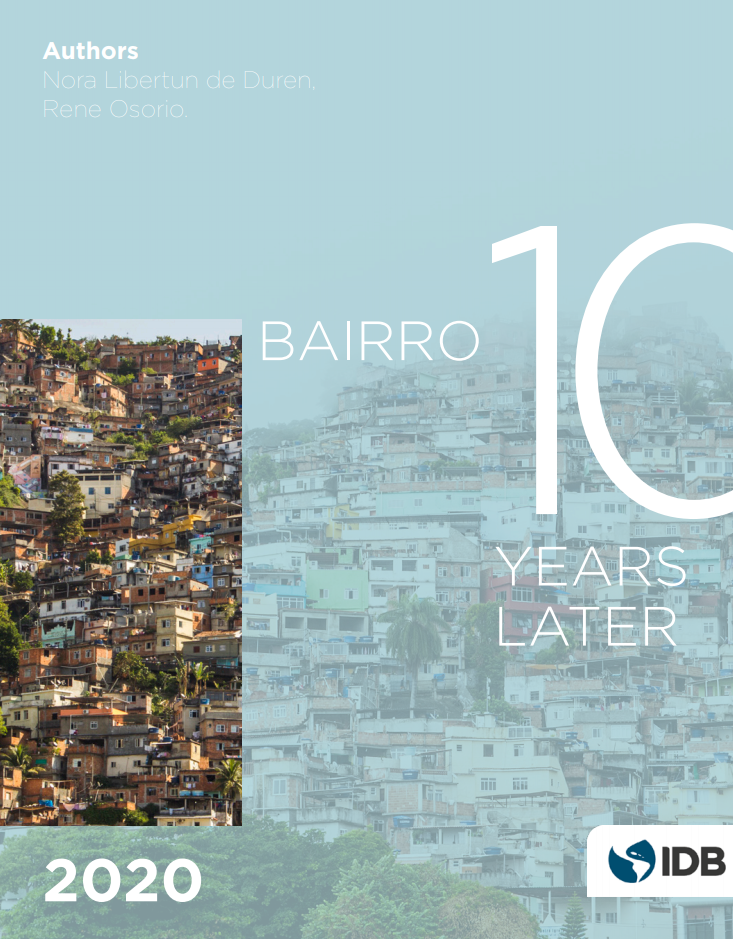Bairro: Ten Years Later
ISBN PRINTED
9781597823586
Date
Jun 2020
Favela Bairro (FB) was a pioneer approach for integrating informal neighborhoods with the urban grid, and it remains today a reference for many developing countries. FB in its second phase (FB II) ran between 2000 and 2008 in Rio de Janeiro, Brazil, and it significantly improved the access in 88 favelas to water supply, storm water and sewage systems, street pavement, sidewalks public lighting, and community facilities such as day care centers, schools, recreational and sport areas. This document revisits the neighborhoods improved through FB II with the purpose of learning the long-term challenges that upgraded neighborhood programs face. The research presented here was done in two parts carried out in parallel: (1) a qualitative study based on focus groups to capture the perception of direct beneficiaries on the upgrades; and (2) an standardized assessment of the state of maintenance of the infrastructure 88 favelas upgraded by FB II. Both parts of the research showed that improvements achieved through FB II had dissimilar longevity. Focus groups identified improvement in residents living standards immediately after the upgrades, but current issues with sewers, electricity, public lighting and streets. The standardized assessment found issues with streets pavement and drainage systems in one out of three upgraded favelas, and poor street lighting and sewers in two out of three. This research offers important lessons to improve the long-term sustainability of urban upgrading programs.




